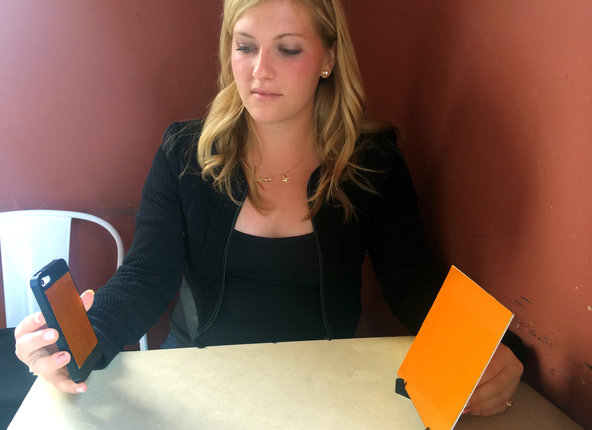UBeam Introduces Ultrasound-Based Wireless Charging Technology

The other day on the Web there was information about a very interesting development: wireless recharging of gadgets using ultrasound. The development was presented by uBeam, and consists in converting an electric charge into ultrasound, which is captured by a receiver attached to any device. Then comes the inverse conversion, and the device’s battery is charging.
So far, only an early prototype of this type of charge is ready, so it is difficult to judge the efficiency of such a transfer. Nevertheless, the new technology has advantages - it is the ability to charge devices at a greater distance than using existing wireless chargers. Of course, ultrasound will not pass through the wall, but within the premises, charging will go without problems.
So you can imagine cafes, offices and apartments equipped with such exercises. When you enter a person’s room with an ultrasound-adapted gadget, the battery immediately starts charging, you don’t need any wires or any kind of surface on which the devices for the traditional method of wireless charging are placed.
According to the head of the company that developed the new technology, the new type of charging stations will be small, their thickness will not exceed 5 mm. Such transmitters can be placed on the walls, ceiling, making them invisible to humans.
Moreover, the new technology can serve not only to charge the battery of a mobile device, tablet or smartphone, but also a laptop. The receiver also promises to be miniature, so there will be no problem with the same tablet or laptop. Probably, for a smartphone, developers will find a suitable option.
According to the developers, such a technology will enter the market in about two years. At the same time, there will be several options for ultrasonic charging devices: for small rooms, such as offices and rooms, and for supermarkets, airports and other facilities, where there is usually a huge number of visitors with a large number of devices.
Via nytimes
